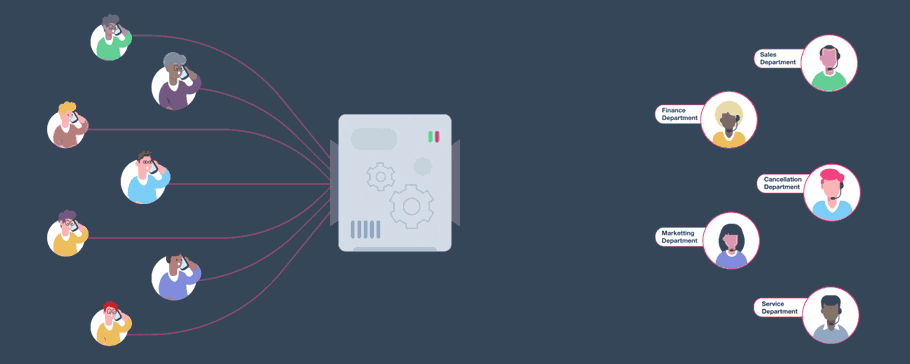Why do Corporates Need Big Data Analytics Training?
Data is an invaluable organizational asset in modern times since big-data is being exploited for its value in providing business foresight and predictions based on analytics.
ML, AI, and deep learning algorithms are applied to massive data volumes to provide corporations with the opportunity to use their data to tweak their measurable efficiency, and the decision-making process, and also reach out to a larger number of employees at the same time.
And, data analytics training on big data is no single program. It is a technology combination that helps the corporations extract the best value from data and analytics tasks.
Corporate advantages:
The important plus factors of data analytics for corporations are explained briefly below.
Database Management: Data can be from different sources and in various formats. Its quality and organizations are of prime importance before going in for big data analytics.
Since in most large corporations the data travels from department to department, and various subsets may be added or deleted as the case may be, it becomes necessary to have an established repeatable process and a master management program format to maintain the quality of the organizational data. This ensures that the management of data is in synchronization across the organizations.
Mining and modeling of financial data: The technology for this task allows the examination of several petabytes of data produced by the moment. This task will enable you to sift through the data for relevance, and then use the subset for predictions and forecasts which hasten the decision process and in turn impact informed decisions being taken for critical and strategic decisions by the management.
Pricing and modeling using ML: ML trains the machines and AI to help it learn to recognize the patterns involved. This hastens its self-learning process and allows the algorithm to automatically move through more complex data models and still deliver accurate and desired outcomes.
This Big Data Analytics Training capacity is invaluable, especially where unknown tasks and risks are involved or where models need to be continuously auto-generated.
Storage and engineering of Big-data: Hadoop is a commonly-used, free and open-source framework which uses clustering of information on hardware to store larger amounts of data. Since data continually increases in volumes, types, and sources, the Hadoop models used for computation handles very big-data volumes and needs no license. It thus allows for using demographics, sensor data, driver data and market information all on the same platform. The best example here is of the 2000 crisis in Ford and how it overtook the competition in Asian and European markets.
Product development and analytics in-memory: Instead of using the hard disk, such a facility allows the access of data from the system memory instead. This allows quick decisions, analytics and predictable outcomes from the organization’s data. One of the most significant advantages of the system memory is that it is iterative, agile, removes latencies in processing and data preparation while providing for quicker and better decisions and analysis that is interactive especially in product development and modeling.
The task of Predictive Analysis: Here, the technology used consists of algorithms based on statistical modeling and ML techniques. Large corporates use their data for gainful business outcomes based on Big Data Analytics to make the best decision in any given scenario.
Marketing, risk assessment, and fraud detection are just some of the areas that benefit from such analysis. Were you aware that Singapore based OCBC used such insights to achieve a new customer increase rate of 40 percent?
HR capabilities and mining texts: The latest improvements are used to analyze data from text messages drawn from the surveys, comments, Twitter, web posts, emails, blogs, books, and such text-using sources. Such analytics is beneficial in strategizing for competitive leadership, the introduction of new products, newer areas for development, and establishing loyal customer relationships both within and outside the organizations.
Parting notes:
Training and cleaning of data are very important to organizations to take quick and effective decisions at the right time, especially when it comes to strategic and critical business decisions. Since data analytics comprises of a series of technological programs executed in systematic models, it is essential to do a data-analytics course before one makes a career in this field. The scope for such jobs is indeed never-ending because of the sheer volumes of data being generated and available for analysis.
Doing your course with the reputed Imarticus Learning ensures you are job-ready, proficient in data analytics and get a chance to hone your presentation skills too through the soft-skills modules. Top this with certification, and you are all set to start a great lucrative career. Do you have any more doubts? Get in touch with Imarticus today.



